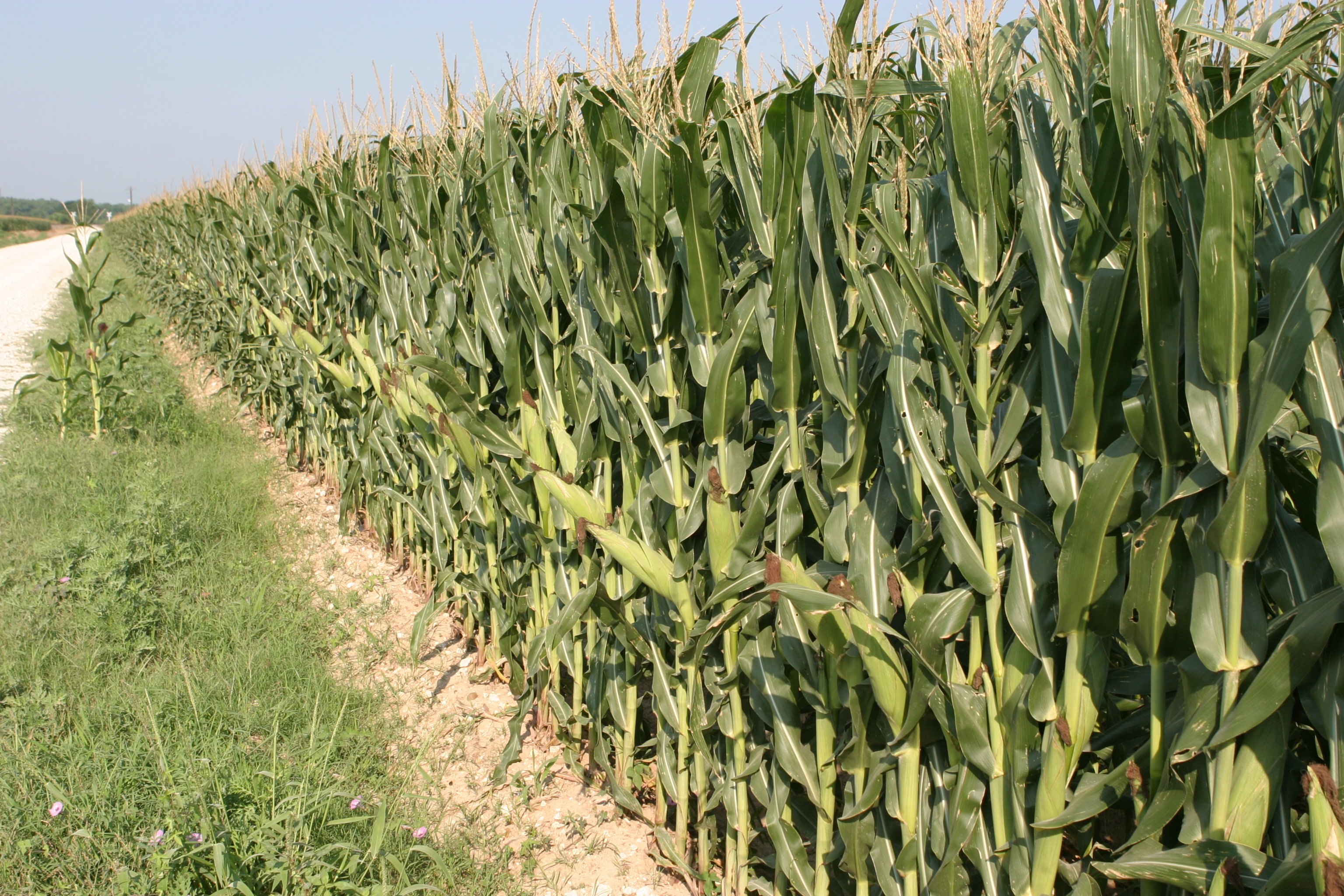By Jessica Domel
Multimedia Editor
A pesticide that is used on corn, soybeans, fruit trees, golf courses and fence posts alike will stay on the market this week after a federal judge turned down a petition urging the Environmental Protection Agency (EPA) to ban it.
Three environmental groups filed a request to overturn an earlier EPA decision not to ban chlorpyrifos. Those groups include: Pesticide Action Network of North America (PANNA), EarthJustice and the Natural Resources Defense Council (NRDC).
According to The Hill, the Court of Appeals for the Ninth Circuit denied the groups’ petition Tuesday on procedural grounds.
The environmental groups reportedly skipped a step in filing their case with the court. They instead needed to file an appeal with EPA before taking legal action.
In March, EPA announced it would not revoke all tolerances for chlorpyrifos and cancel all of its registrations despite a 2007 petition from PANNA and NRDC.
“We need to provide regulatory certainty to the thousands of American farms that rely on chlorpyrifos, while still protecting human health and the environment,” EPA Administrator Scott Pruitt said at the time. “By reversing the previous administration’s steps to ban one of the most widely used pesticides in the world, we are returning to using sound science in decision-making–rather than predetermined results.”
The environmental groups claimed EPA took too long to answer its petition. They say the decision was inadequate, because it didn’t include any new safety findings.
EarthJustice has already filed a petition on the ruling with the EPA, according to The Hill. Their petition is reportedly joined by challenges from attorneys general from New York, Maryland, Vermont, Washington, Massachusetts and the District of Columbia, as well as the League of United Latin American Citizens (LULAC).
If EPA denies their petitions, the groups may then file new lawsuits.
Following the announcement from the court Tuesday, EPA spokeswoman Amy Graham told Reuters the environmental groups were trying to short-circuit the process established by Congress to evaluate the safety of existing pesticides.
“The 9th Circuit refused and this victory affords EPA the necessary time to conduct a proper evaluation under the law of the science and the studies on chlorpyrifos and provide clarity about the pesticide’s safety to the American people,” Graham said.
A lawyer for EarthJustice told the news agency they were disappointed in the petition’s denial.
In the meantime, chlorpyrifos remains registered by EPA as it undergoes registration review. According to EPA, that is a process that re-evaluates all pesticides on a 15-year cycle.
“Registration review ensures pesticides will not cause unreasonable adverse effects when used according to label directions and precautions and that there is a reasonable certainty of no harm from dietary and residential exposure,” the EPA page on chlorpyrifos reads.
EPA will continue to evaluate potential risks posed by chlorpyrifos as part of the ongoing review process. The assessment must be complete by Oct. 1, 2022.
Chlorpyrifos is used largely on corn, according to EPA. It’s also used on: soybeans, fruit and nut trees, Brussel sprouts, cranberries, broccoli, cauliflower and other row crops.
It’s also used on turf, golf courses, green houses and on non-structural wood treatments.
It can also be used as a mosquito spray and is in some roach and anti-bait stations with child-proof packaging.

